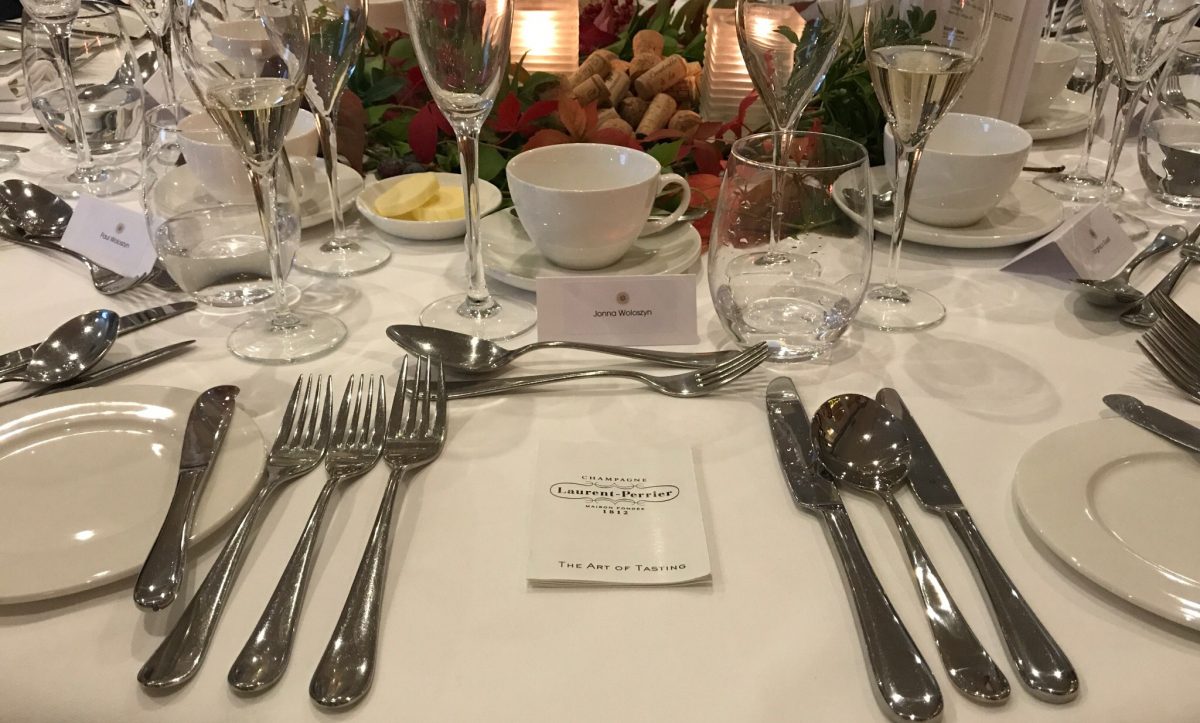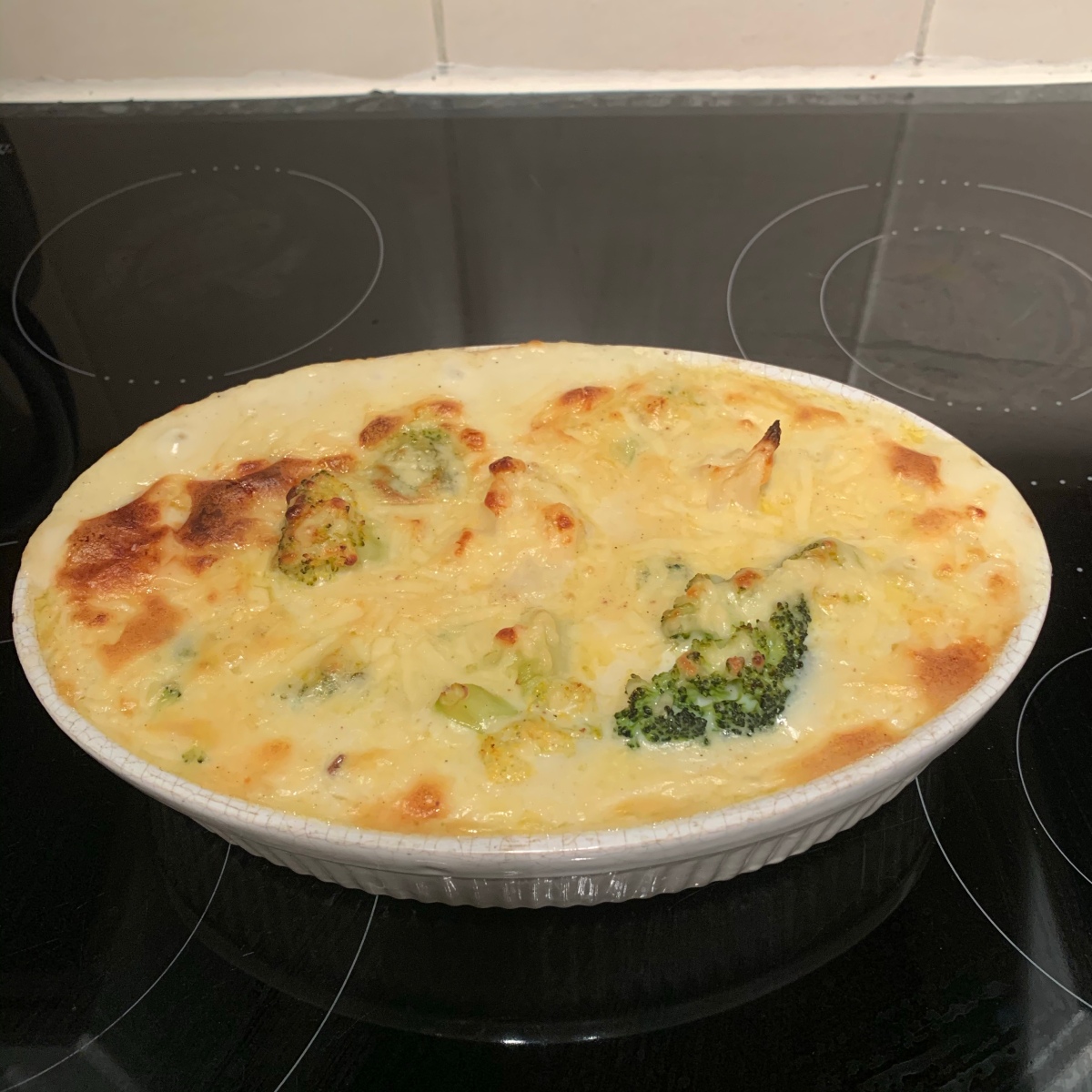I know Shrove Tuesday is usually called Pancake Day. One of these years I’ll make pancakes on this day for my husband, however at the moment he’s still getting the Finnish version – buns filled with jam and whipped cream.
5 dl milk
2 saches of quick action dried yeast or 50g fresh yeast (I used dried)
1 egg, plus one more for brushing
1 1/2 tsp salt
2 dl caster sugar
1 tbsp coarsely ground cardamom
1 kg wheat flour (400g plain flour / 400g strong white bread flour / 200g self-raising flour)
200g butter, melted
1. Measure 900g of the flour in your mixing bowl. I use food processor for mixing the dough, but if you’re mixing by hand use a large wooden fork, as it’s important to get air in the dough mixture. Save the remaining flour until later. I have to confess I found the perfect mix of flours by accident. I have normally mixed plain and strong white flour half and half, but run out just a little bit, so had to finish with self raising, which turned out to be the best situation.
2. Heat the milk until lukewarm. Add the yeast, salt, sugar and cardamom, and stir until sugar has dissolved. Add slightly beaten egg.
3. Pour the liquid mixture to the mixing bowl with the flour in, whilst mixing.
4. Knead for 5 minutes, then start pouring in, little by little, the melted butter. At this stage, it’s a good idea to add spoons of the remaining flour, to help the butter to be incorporated with the rest of the dough. Knead for another 5 minutes. During this time, if the dough keeps sticking to the bowl or is too soft, add some more flour until it doesn’t stick anymore.
5. Cover the bowl with cling film and a cloth, and place the bowl in a sink with hot water in. Leave to rise for an hour.
6. I then knead the dough again in the food processor for 30 seconds (or alternatively, you can of course do this by hand too).
7. Make into balls. Cover the individual buns with cling film and a cloth, and let them rise for 30 minutes.

8. Preheat the oven to 200°C / 390°F.
9. Brush the buns with egg, then cook for about 15 minutes.
10. Once cooled, cut as many buns as you’re wanting to prepare as Laskiaispulla, half, so that you have bottom and top halves. Put some whipped cream on both halves. Add jam on the bottom half, the place the top half on top. The buns will be presented in this way, however when you eat them you probably want to eat each half separately.


 4. The flavour will be at it’s best if you chill the roulade in the fridge before serving.
4. The flavour will be at it’s best if you chill the roulade in the fridge before serving.































































